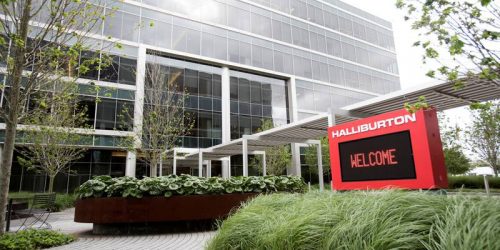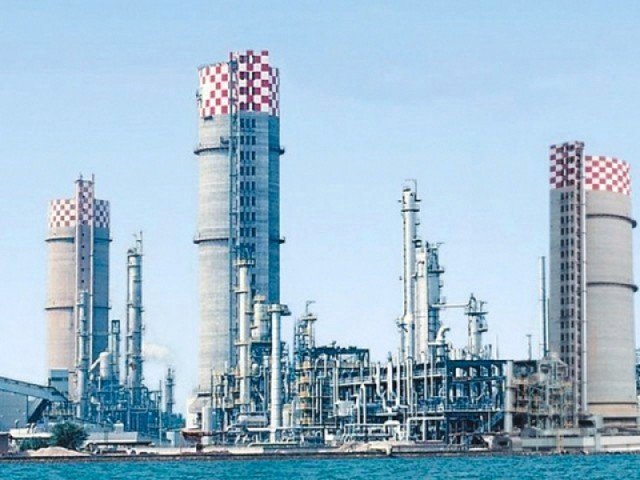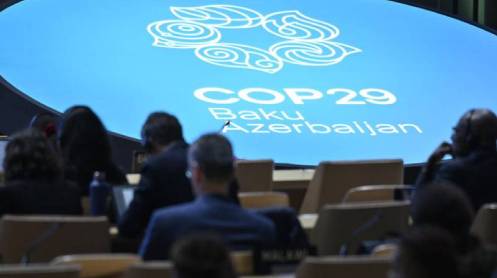Halliburton Co on Tuesday predicted a recovery in the global oil and gas industry from the second quarter after the oilfield services provider beat profit estimates on cost cuts and modest gains in activity following last year’s slump.
Crude oil prices are holding to gains from a rebound in late-2020 from a coronavirus-induced slump, with Brent crude hovering around $55 per barrel on Tuesday after averaging around $45 in the last three months of 2020.
This has encouraged producers to complete more wells and add rigs. North America rig count was 410 at year-end, compared with 341 in the third quarter.
“We view 2021 as a bit of a transition year, and 2022 is when we see the global rebalancing of supply and demand,” Chief Executive Officer Jeff Miller said on a post-earnings call, adding that he expected more consolidation in the industry.
Miller said he is optimistic that the upturn in activity in North America would continue, while international markets would bottom out during the first quarter and improve as the year unfolds.
However, he expects pressure to improve shareholder returns will hold output flat this year to 2020 exit levels.
Halliburton, which kicked off fourth-quarter earnings for service providers, said revenue from North America jumped 25.8% from the third quarter, while international revenue rose 0.4%.
Completion and production business revenue was 15% higher in the fourth quarter, compared with the preceding three months.
The company expects revenue from the business to rise 3% to 5% in the current quarter from the fourth, though operating margins are expected to fall 150 to 200 basis points.
Drilling and evaluation revenue rose 1.9% sequentially and is expected to increase in the low single digit in the first quarter from the fourth.
Total revenue of $3.24 billion beat analysts’ estimates of $3.21 billion, while adjusted net income was 3 cents above estimates at 18 cents per share, according to Refinitiv IBES data.
Halliburton, like its customers, has cut its capital spending and reduced its workforce, as energy demand and prices tumbled last year.
The cost cuts helped the company generate free cash flow of $1.15 billion in 2020, above the $1 billion it had targeted.
Still, profit slumped 43.9% and revenue tumbled 37.6% from the fourth quarter of 2019 as activity levels were still well below year-ago levels.
Rivals Schlumberger and Baker Hughes are scheduled to report results later in the week.





